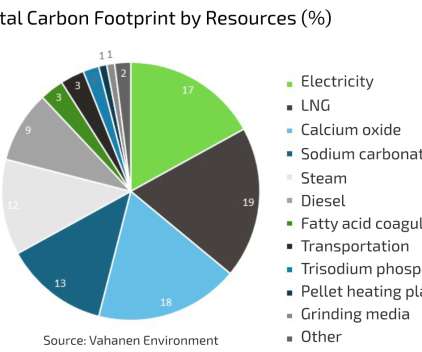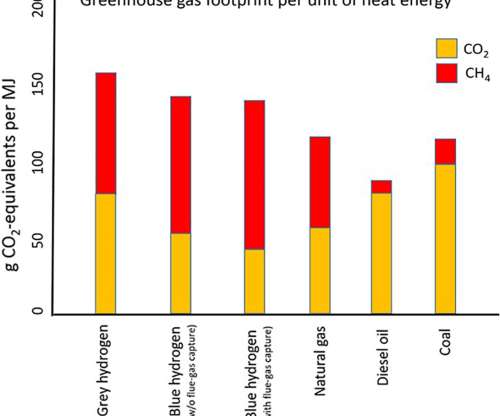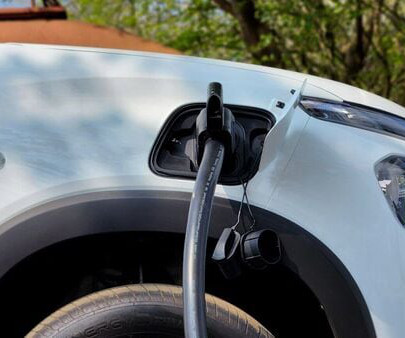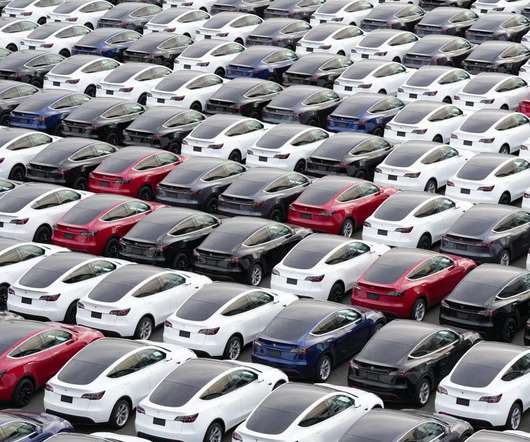Keliber says studies show its lithium hydroxide will have smaller carbon footprint than most of the competition
Green Car Congress
MARCH 10, 2022
Keliber, a Finnish mining and battery chemical company that aims to start the sustainable production of battery-grade lithium hydroxide, has analyzed the CO 2 emissions generated by its future production using two studies. In the comparison, Keliber shows the lowest emission intensity of 4.38 Keliber plans to begin production in 2024.








































Let's personalize your content